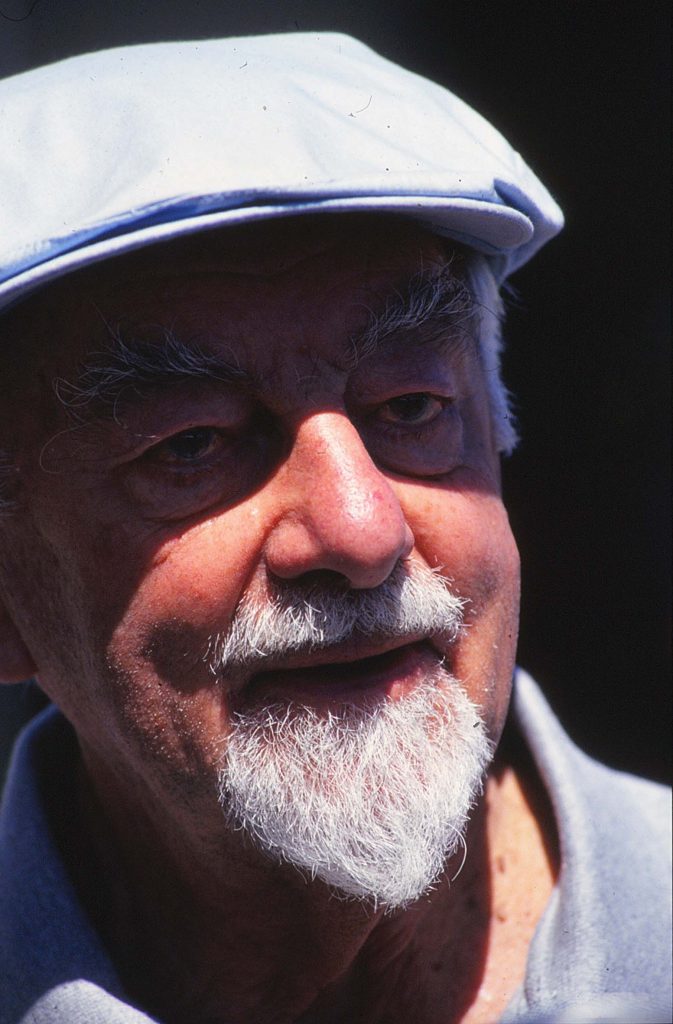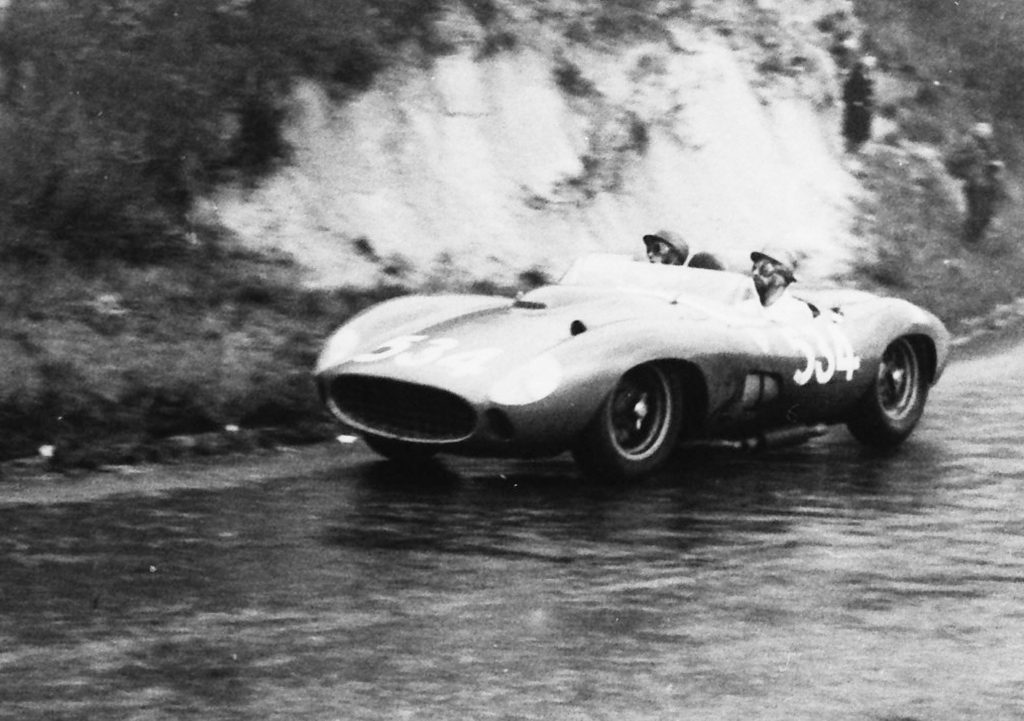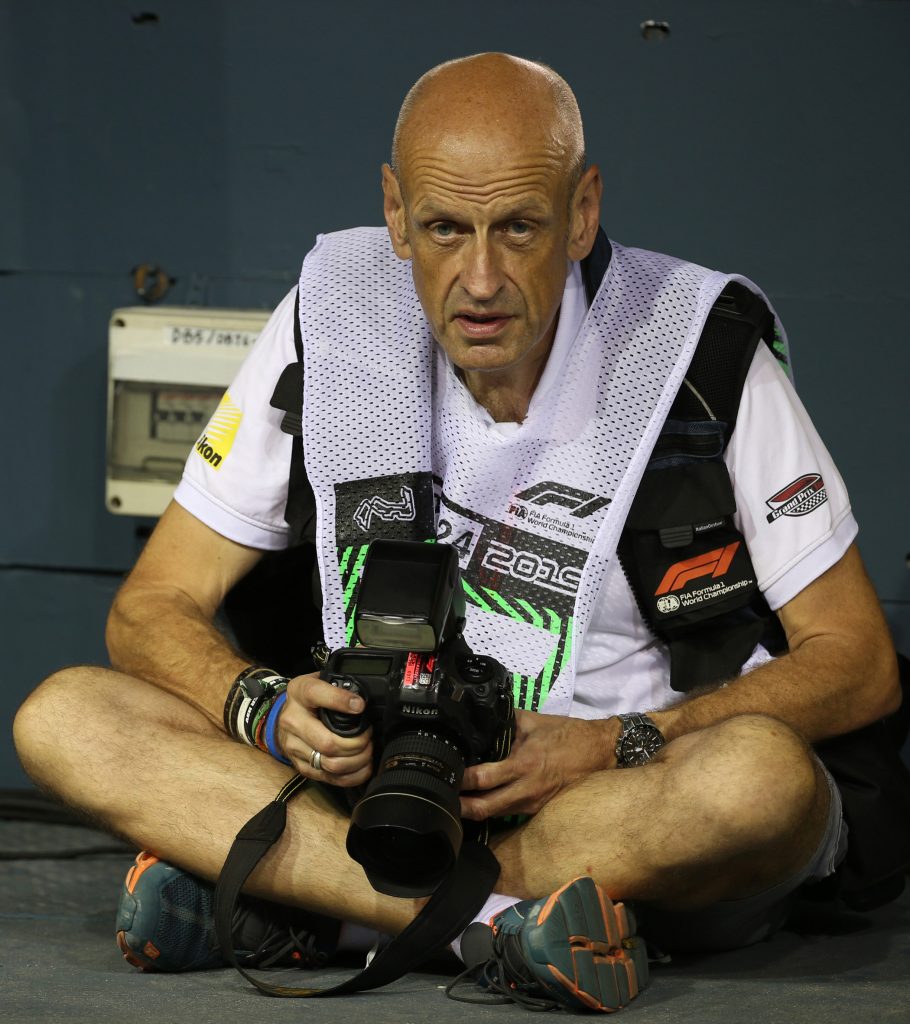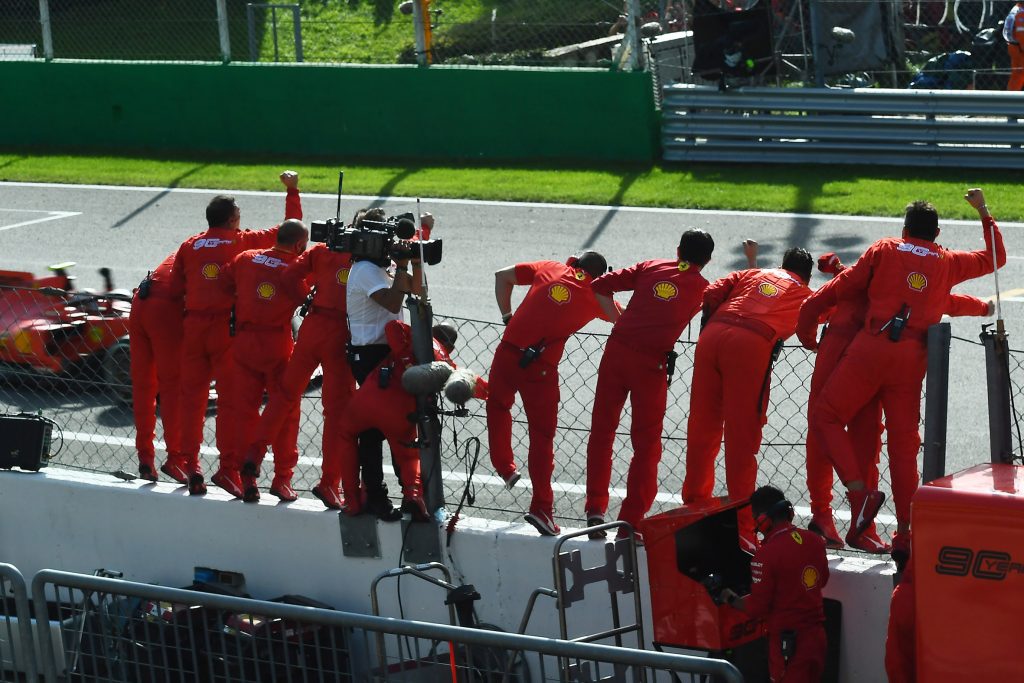Those of you who regularly visit this page on the Grand Prix Drivers Club site will have noticed that motorsport photography has been my interest throughout my life as a motoring journalist. It has been an adjunct that has helped boost the income from articles and books I have written and though it has been a great passion I have always appreciated and admired certain photographers who have become outstanding in the field of motor racing,
In my own case, my first motor racing photographs were taken, as is usually the case with photographers, with the family camera which, in my case, was quite rare.
In the 1930’s my father had bought one of those folding Kodak cameras with bellows which used type 166 film so that each photo was postcard size so you did not need to have an enlarger to see it properly. Eventually, I bought a very old Leica II and the die was set.
Like many of us who take photographs regularly, we aspired to become better but in the end, we all have to admit that we will never become a “great” photographer if you do not have the eye for it.
Louis Klementaski

One man who did have the eye for it was Louis Klementaski who was born in Manchuria, part of China, where he was schooled privately.
When his family returned to England he had a passion for motor racing and helped found the Junior Racing Drivers Club at Brooklands which was one of the first motor racing schools. He also raced an MG and an Austin 7 single-seater and so had the necessary ingredients to absorb the subtleties of driver styles, particularly when he covered the Mille Miglia as a passenger with John Heath ( HWM) Reg Parnell ( Aston Martin) and Peter Collins (Ferrari).
The arrival of the lightweight 35mm cameras such as the Leica and Contax he began to specialise in theatre photography but due to his motorsport interests, was often commissioned by car manufacturers to photograph their new cars for press releases and the like.
But it is from his motor racing photography he will be remembered. In particular, his pre-WWII racing photographs around Europe were superb not only in their composition but the manner in which they could evoke the sheer excitement of racing in those days.

When I wrote the biography of former Grand Prix Drivers Club stalwart, Reg Parnell, I had reason to visit “Klem”, as he was called, at the old schoolhouse where he lived in the South of England. Naturally, we talked about racing and cars but at one stage I changed the subject to the 1957 Mille Miglia, where Klementaski sat as a passenger with Peter Collins in one of the powerful Ferrari 335S models
I knew he had taken two of his Leica cameras with him on the event even though there was no way he could have changed film during the race. This meant he had a maximum of 72 shots available. Obviously I asked him which lenses he had used on the two cameras. He remarked that he had a 35mm wide-angle lens on one of them and the fastest 50mm lens produced by Leica at the time, the F2 “Summar”, on the other.
I innocently remarked that I had owned an F2 Summar for one of my Leica’s but that I felt the lens was a bit “soft” and not terribly sharp.
At this Klem looked up, leaned over and patted me gently on the arm and said: “……but I am a professional!”
Any thoughts I had that I was anything other than an advanced amateur immediately brought me down to earth and I have always remembered that moment. Not because it was a “put down” but a true observation of what made a real photographer, an eye for the picture that told a story.
Today, things are a bit different, technology has come along to help everyone with an I phone can take extremely sharp and beautiful photographs but true artists still exist.
Peter Nygaard

At this, I will probably embarrass my friend and good friend to the Grand Prix Drivers Club, Peter Nygaard.
To my mind, Peter is a photographer in the Klementaski mould and what is more he is best known as a photographer for the most factually reliable and inciteful web site devoted to Formula 1: GP+ . ( GP Plus).

It is edited and produced by long time specialist journalist Joe Saward who worked with Bernie Ecclestone at one time on the magazine F1 which Ecclestone financed some years ago.
What makes the site different is that Saward has let Peter Nygaard use his eye to capture photographs that most dyed-in-the-wool motoring magazine Editors would ignore; photos that represent the atmosphere surrounding grand prix motor races.
Capturing motor racing is not just the relatively simple representation of a three quarter front view of a racing car going through a corner but also the atmosphere and artistic elements that are there to be seen if you have an eye for it.
It is no wonder that Peter is recognised by Nikon as one of their key sports photographers and, what is more, he is modest about his work which we hope to celebrate during the 2020 season.
